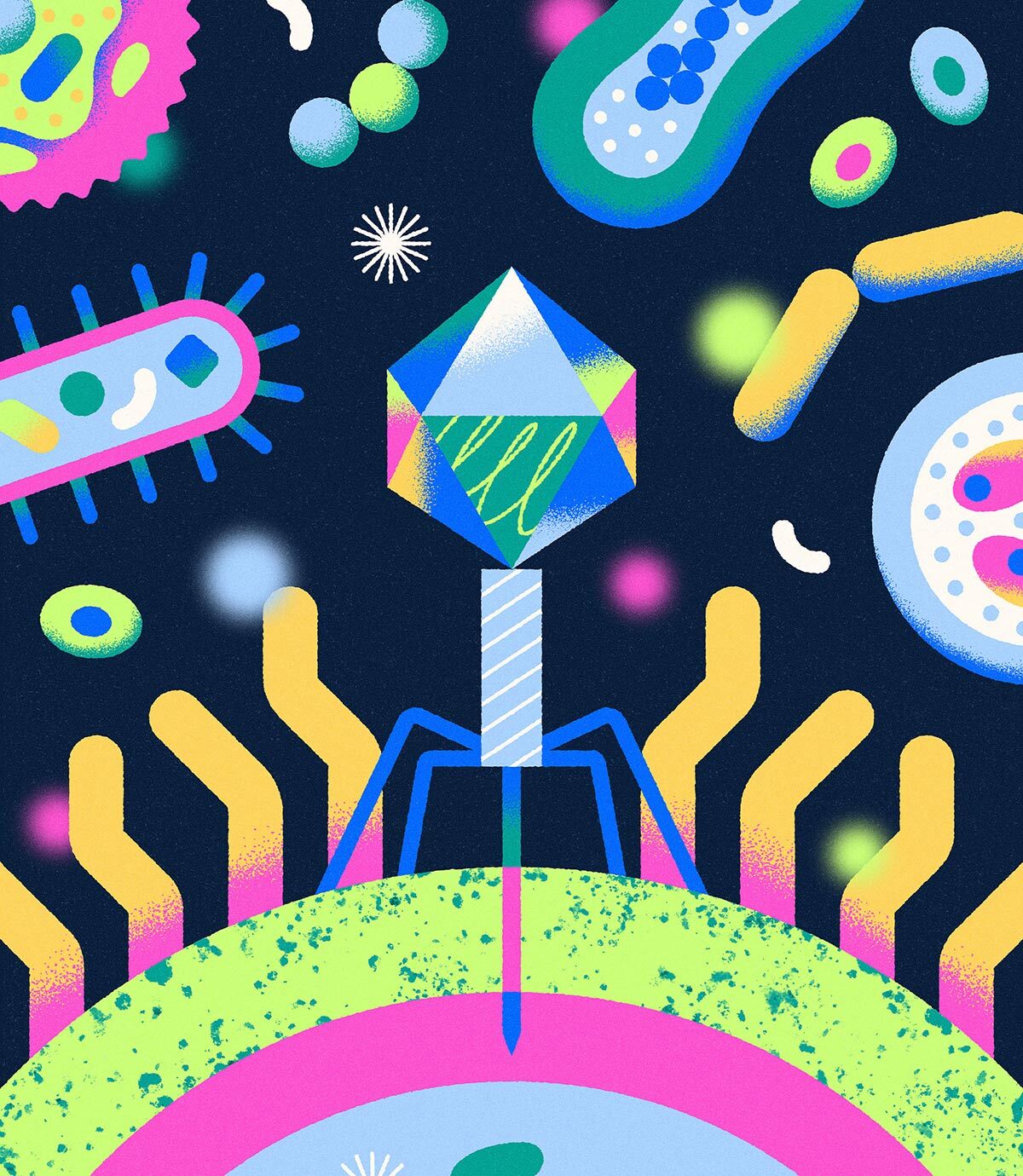As living organisms, bacteria are encoded by DNA, and DNA occasionally mutates. Sometimes genetic mutations render a bacterium immune to an antibiotic’s chemical tactics. The few cells that might escape antibiotic pressure then have a sudden advantage: with their counterparts wiped out, resources abound, and the remaining antibiotic-resistant bacteria proliferate. It’s a problem not only for the host—you or me when we are treated with an antibiotic and develop a resistant strain—but also for anyone with whom we happen to share our resistant bacteria, say, on a door handle or keyboard. In fact, most resistant bacteria develop not in people but in livestock fed antibiotics to promote growth; these resistant bacteria infect people through contaminated animal products. This is how even antibiotic “naive” people come to be infected with resistant strains of bacteria.
I see this all the time as a family doctor. A woman has a urinary tract infection. I tell her that her bacteria are resistant to this or that antibiotic, and she says, “But I’ve never taken any of those.” Welcome to the global human soup.



You are reporting one side of a three-sided coin. You can find instances of phage resistance linked to increased antibiotic susceptibility, decreased antibiotic susceptibility, and in most cases no change in antibiotic susceptibility. Studies linking phage resistance to increased antibiotic susceptibility are based on in vitro selections resulting in genetic disruptions that would never arise in a host, and are likely due to the relaxation of selective pressures when bacteria are grown in rich broth. For example, phage that use LPS as a receptor cannot infect cells with LPS defects, but those cells are so sick and mucoid that they become susceptible to just about any other stress, including antibiotics. We never isolate bacteria with LPS defects in the wild because they would go extinct in any competitive environment.
The real lessons we need to learn from phages and other antibacterial systems is that resistance is inevitable. These systems have built in flexibility and modularity to accommodate changes and mutate rapidly. Almost all of these systems follow a similar pattern: bind to target cell, get inside target cell, destroy target cell. There are many ways to accomplish each of those steps, and these systems are set up to rapidly evolve new ways accomplish each. This evolution is not limited to the slow single mutations we often associate with evolution. We often observe recombination where another target cell binding domain can be swapped in to generate a new functional system.
Modern phage therapy advocates suggest combination therapies, where multiple antibacterial agents are deployed to substantially lower the rate of resistance. But we will never get that number to zero. Also phage therapy is limited in efficacy based on the site of infection (phage do not penetrate tissues like small molecule antibiotics do) Instead of evolution being a brick wall for therapy, we need to play the game. We need to get off of broad-spectrum antibiotics, focus on functional modules (like cell entry, cell toxicity, etc), and reform our regulatory structure to enable mixing and matching of these modules in regimented phases in response to the resistance that we know will arise. Phage therapy is not the answer; the phage evolutionary cycle is the answer.